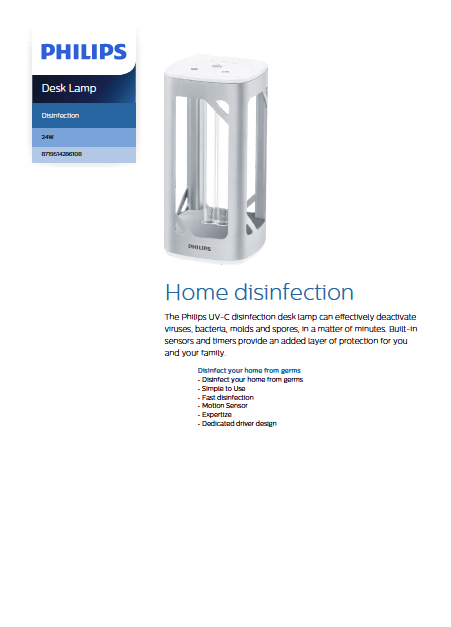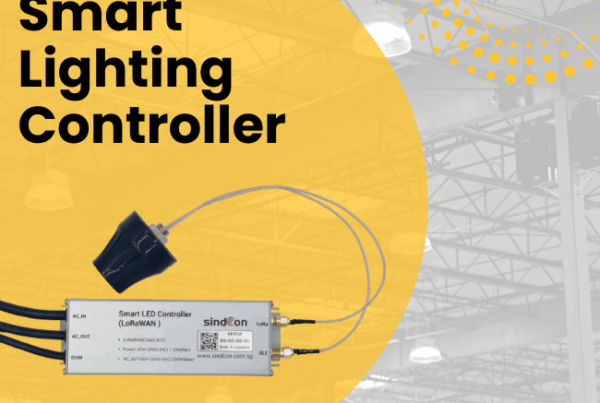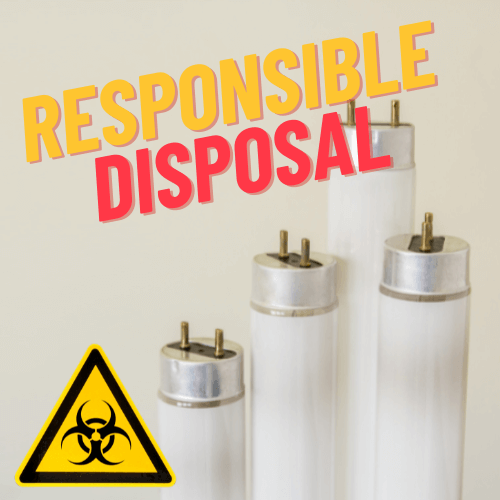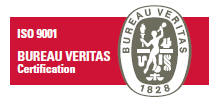Philips UV-C Disinfection Desk Lamp
Deactivate Viruses, Bacteria, Molds and Spores Effectively
Disinfectant your home from germs in an effective and easy way. The Philips UV-C desk lamp can effectively deactivate viruses, bacteria, molds and spores, in a matter of minutes. Built-in sensors and timers provide an added layer of protection for you and your family. You are able to efficiently disinfect your homes with the push of a button.
PHILIPS UV-C Disinfection Desk Lamp Overview

Disinfectant Your Home from Germs
All bacteria and viruses tested to date respond to UV-C disinfection. In laboratory tests, our UV-C light sources reduced SARS-CoV-2 (the virus that causes COVID-19) infectivity on a surface to below detectable levels in as few as 9 seconds.
Simple to Use
The Philips UV-C desk lamp is easy to use. With a concise control panel and step-by-step voice guide to help you use it in the most effective way.
Fast Disinfection
With the Philips UV-C desk lamp you can disinfect surfaces and objects in any room in a matter of minutes.
Motion Sensor
Because exposure to UV-C can harm eyes and skin, Philips UV-C lights have an added layer of protection with built-in sensors that detect people and pets.
Expertize
Philips has 35+ years experience in UV-C lighting and strong application expertize.
Dedicated Driver Design
Besides the high quality of the Philips UV-C tube, the dedicated driver design helps maximize the disinfection effectiveness.
Home Application
The Philips UV-C disinfection desk lamp can effectively deactivate viruses, bacteria, molds and spores, in a matter of minutes. All bacteria and viruses tested to date respond to UV-C disinfection. In laboratory testing, Signify’s UV-C light sources inactivated 99% of SARS-CoV-2 virus on a surface with an exposure time of 6 seconds. As we know that exposure to UV-C can be harmful to eyes and skin, Philips has added an extra layer of protection by using built-in sensors and timers.
They are simple to use, with a concise control panel and voice support. Hear how Jayne Tham protects her family using the Philips UV-C disinfection desk lamp.
Frequently Asked Questions (FAQ)
Why should I choose Philips UV-C Disinfection Desk Lamp instead of other competitors?
Most competitors are using the full plastic housing, which is easily damaged after short exposure to UV-C. The Philips UV-C Disinfection Desk Lamp has a full metal housing which lasts longer when exposed to UV-C.
After leaving the room, how do we ensure that it is safe to return?
A high-quality microwave sensor is used to detect humans and animals. Upon detection, the UV-C Disinfection Desk Lamp automatically ceases operation.
How long should the Philips UV-C Disinfection Desk Lamp be turned on for effective disinfection?
The recommended disinfection time are as below:
- Bathroom / Kitchen: 15 min (13 meter square, 2m range)
- Bedroom: 30 min (20 meter square, 2.5m range)
- Living room: 45 min (28 meter square, 3m range)
Disinfection effectiveness will vary depending on disinfection timing, distance and type of surface/ object
Can it be used in medical facilities?
This UV-C device is not approved and/or certified as a medical device, and it can’t be used for the disinfection of the surfaces of medical devices (such as medical devices in a room, surgical masks and/ or surgical respirators.
Can this device inactivate COVID-19?
Based on the data made available to us by the National Emerging Infectious Diseases Laboratories (NEIDL) at Boston University, which will be the subject of a forthcoming scientific publication by Boston University, in a laboratory setting, Signify’s UV-C light sources irradiating the surface of a material inoculated with SARS-CoV-2 (the virus that causes the COVID-19 disease) ata UV-C dose of 5mJ/cm2 (exposure time of 6 seconds) resulted in a 99% reduction of the SARS-CoV-2 virus present on that surface. The same study determined that a UV-C dose of 22mJ/cm2 results in a reduction of 99.9999% of SARS-CoV-2 virus on that surface (exposure time of 25 seconds).
The NEIDL is a state-of-the-art research facility that encompasses significant containment laboratories at Biosafety Level -2. -3 and -4.
The experiment based upon which these test results and data were obtained was conducted by Dr. Anthony Griffiths, Associate Professor of Microbiology at Boston University School of Medicine, and Dr. Griffiths’ team, at the premises of the National Emerging Infectious Diseases Laboratoriesat Boston University, located in Boston, Massachusetts, United States of America. 3 Research Variables are available upon request.







